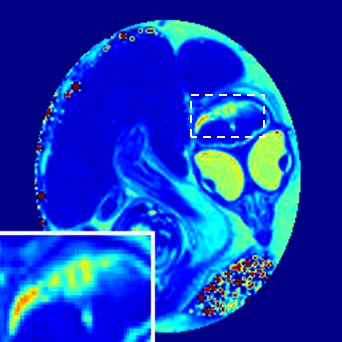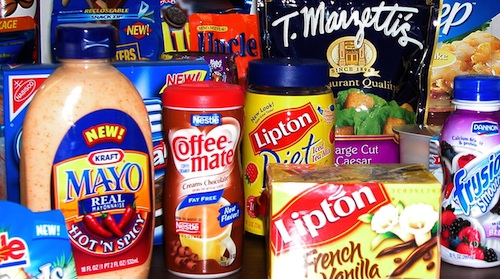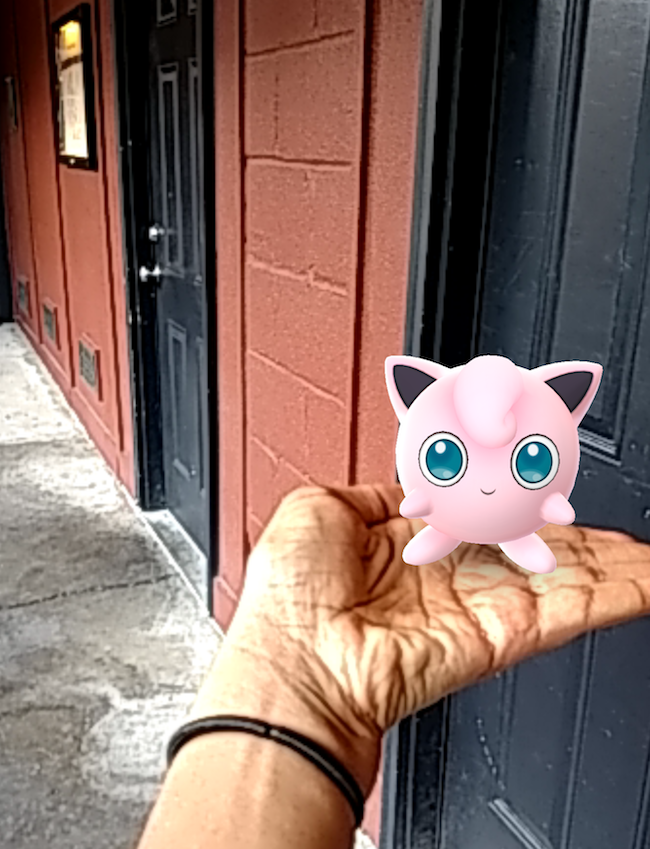“These special drinks are loaded with calories, and we don’t need it,” said Connie Crawley, a nutrition expert with UGA Cooperative Extension. “There is a time and place for some of these drinks, and having one as a lunch beverage is not appropriate.”
Sports drinks
Athletes and exercisers who spend more than an hour working out and sweating profusely may need a boost of electrolytes from a sports drink.
“A teenage boy practicing football for three hours a day may need a sports drink, but a child riding a bike for an hour does not,” Crawley said. “It is not uncommon for an athlete to lose one to two pounds of sweat at practice. This is water weight, and they need to replenish what they’ve lost. But, they shouldn’t continue drinking these salted and sugary beverages for several hours after practice.”
Even juice is not the best choice. It is easy to consume several hundred calories from juice if you drink more than a small glass. Instead, eat the fruit during practice or exercise.
Vitamin water
Vitamin waters and enhanced teas offer extra doses of vitamins and minerals. Drinking a bottle of water with added vitamin C will not ward off a cold, Crawley said. These marketing ploys aren’t based on science.
“There is a misconception that the more vitamins you get the better,” she said. “You need vitamins, but for the most part you can get all you need from what you eat if you eat a balanced diet. For a few nutrients, you can actually get too much.”
Fluoridated water is the only mineral water needed. Fluoride helps to build strong teeth and bones. Most bottled water lacks fluoride, so drink water from the tap if your city water is fluoridated. Fluoride supplements are also available from your child’s doctor.
Energy boosters
Store shelves offer an array of energy-boosting beverages loaded with caffeine. Once you start drinking these regurlarly, more is needed overtime to feel the boost.
“To increase the effect of these beverages, limit them,” Crawley said. “Caffeine is more effective if you drink it only occasionally.”
When we take in extra calories through drinks, our brains don’t process them like calories from foods, she said. So we don’t feel full. We still want to eat the same amount of food, or calories, at our meals and snacks.
“Our bodies are programmed not to metabolize fluid calories the same way as food,” Crawley said. “As a method of self preservation, we continue to drink so we don’t get dehydrated and die. If fluid calories made us feel full, we might not drink enough to keep us hydrated.”
Milk and water
Milk and water are still the best drinks. Adults need about eight 8-ounce glasses of liquid a day. If those come from water and two or three cups of milk, you limit the empty calories going into your body.
In 1994, the average teenager consumed 64.5 gallons of soft drink per year. In 2002, consumption had decreased slightly, but teenagers were still drinking 21 ounces of soda each day and only 11 ounces of milk. Teenage girls were drinking even less milk, according to the United States Department of Agriculture.
Children, especially girls, need to drink at least 16 ounces to 24 ounces of milk a day. Once a person reaches adulthood, bones store less calcium. So, kids need to build strong bones during their childhood and teenage years, Crawley said.
Set a good example for your kids and give up sodas and specialty drinks.
“Cut out 100 calories a day of empty calories from sweet drinks and you will lose 10 pounds a year, as long as you don’t add the calories somewhere else,” she said.
Also look at the nutrition labels. Be aware that some cans and bottles actually hold two to three servings inside. If you drink the whole can or bottle, you will be getting double or triple the calories and sugar listed.





